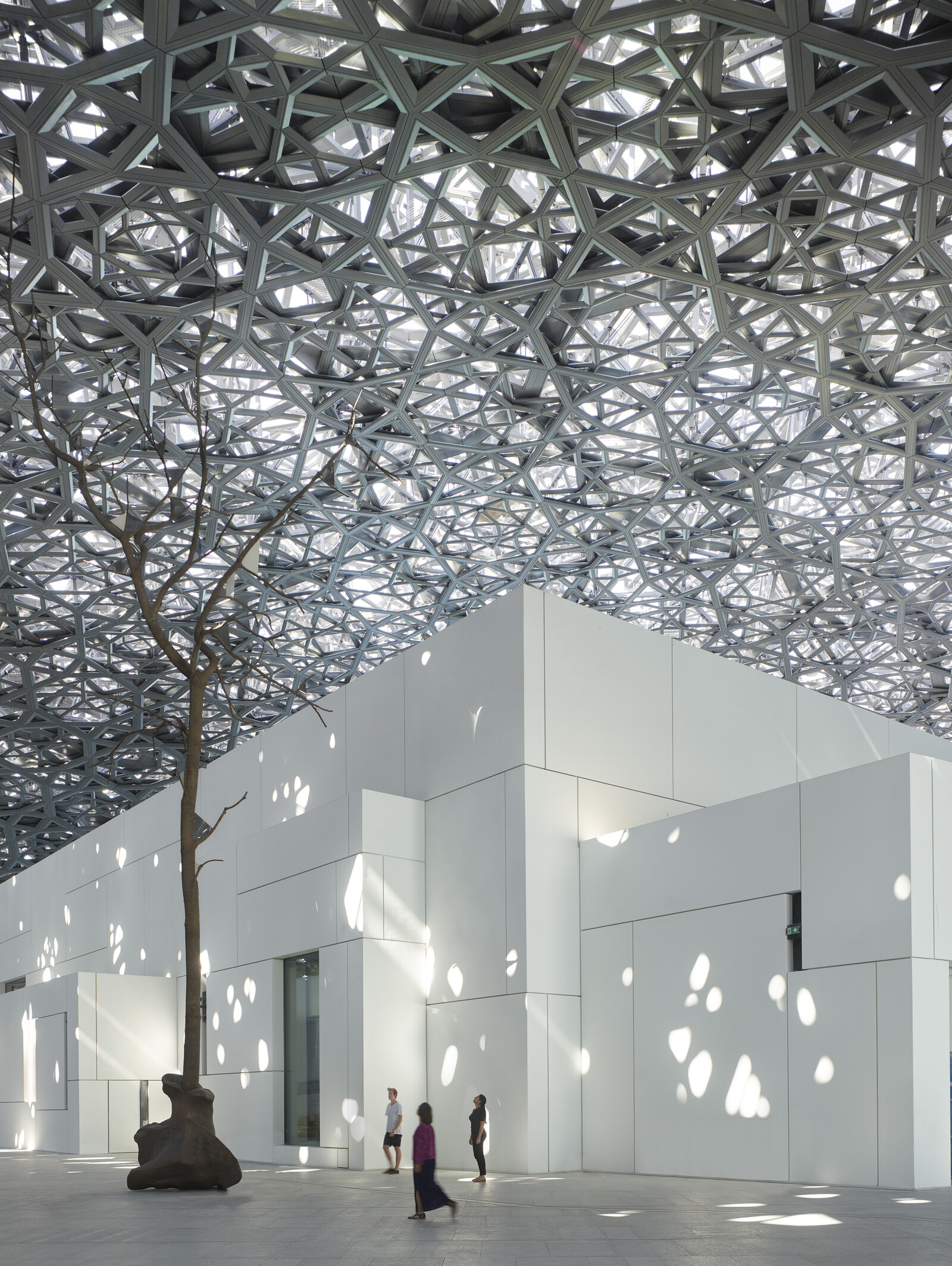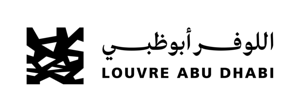November 11, 2017
Louvre Abu Dhabi opens to the public on Saturday, November 11 with a spectacular week of celebrations. It is the first museum of its kind in the Arab region and offers a new perspective on the history of art in a globalised world.
Architect Jean Nouvel designed Louvre Abu Dhabi as a museum city (medina) which combines traditional Arabic inspiration with contemporary design and cutting-edge energy-efficient engineering. Visitors can walk along promenades overlooking the sea underneath the iconic dome, comprised of 7,850 unique metal stars set in a complex geometric pattern which creates a moving “rain of light.”
Louvre Abu Dhabi’s collection spans the history of humanity and explores a universal narrative through important artworks and artefacts from all over the world, including archaeological finds, decorative arts, neoclassical sculptures, paintings by modern masters and contemporary installations.
The museum takes visitors on a chronological journey from prehistory to the present day, encompassing 12 chapters from the birth of the first villages; universal religions; cosmography; the magnificence of the royal court; and the modern world.
Ancient masterpieces from the collection include a Bactrian Princess created in Central Asia in the 3rd millennium BCE, a Grecian sphinx and a lion-shaped gold Iranian bracelet. Works from the world’s universal religions include sacred texts such as a Leaf from the Blue Quran and a Gothic Bible, a Standing Bodhisattva from the 2nd or 3rd century and a white marble Head of Buddha from China.
Highlights from later periods include an ancient astrolabe, part of a display showing the science of cosmography; a red Chinese lacquer chest of drawers produced in France by Bernard II van Risenburgh, which shows the cross-cultural inspirations born from global trade routes; and Giovanni Bellini’s Madonna and Child, representing the emergence of religious art and iconography.
A series of iconic paintings captures the emergence of the modern world, including works by Gustave Caillebotte; Edouard Manet; Paul Gauguin; Osman Hamdi Bey; Piet Mondrian; René Magritte; and Pablo Picasso.
The museum’s contemporary art collection has nine canvases by Cy Twombly and a monumental sculpture by Ai Weiwei. As part of an ongoing commissions programme, Jenny Holzer and Giuseppe Penone have created site-specific installations exhibited under Louvre Abu Dhabi’s dome in open air.
Louvre Abu Dhabi is the result of a unique collaboration between Abu Dhabi, the capital of the United Arab Emirates (UAE), and France. At opening, 300 works on loan from French museums are on display. Some highlights include Leonardo da Vinci’s La Belle Ferronnière (Musée du Louvre); Vincent van Gogh’s Self-Portrait; Auguste Rodin’s Jean d’Aire from the group The Burghers of Calais (Musée Rodin); Apollo Belvedere by Primatice (Château de Fontainebleau); and Standing Woman II by Alberto Giacometti (Centre Pompidou).
UAE and regional institutions have also lent works to Louvre Abu Dhabi. These include a painted Neolithic vase discovered on Abu Dhabi’s 8000-year-old Marawah Island settlement on off the coast of Abu Dhabi (National Museum of Ras Al Khaimah); a monumental two-headed figure dating back 8000 years (Jordan’s Department of Antiquities); and photographs of a performance by renowned Emirati artist Hassan Sharif from the Guggenheim Abu Dhabi collection.
The museum opens to the public with an exciting programme of music, arts and dance; workshops; and a spectacular light show.
Louvre Abu Dhabi’s Children’s Museum is an exploratory space which engages young visitors through immersion and interaction with art. It opens with an exhibition titled Travelling Shapes and Colours, presenting works from artistic traditions across the globe.
Louvre Abu Dhabi’s programme of special exhibitions begins in December.

